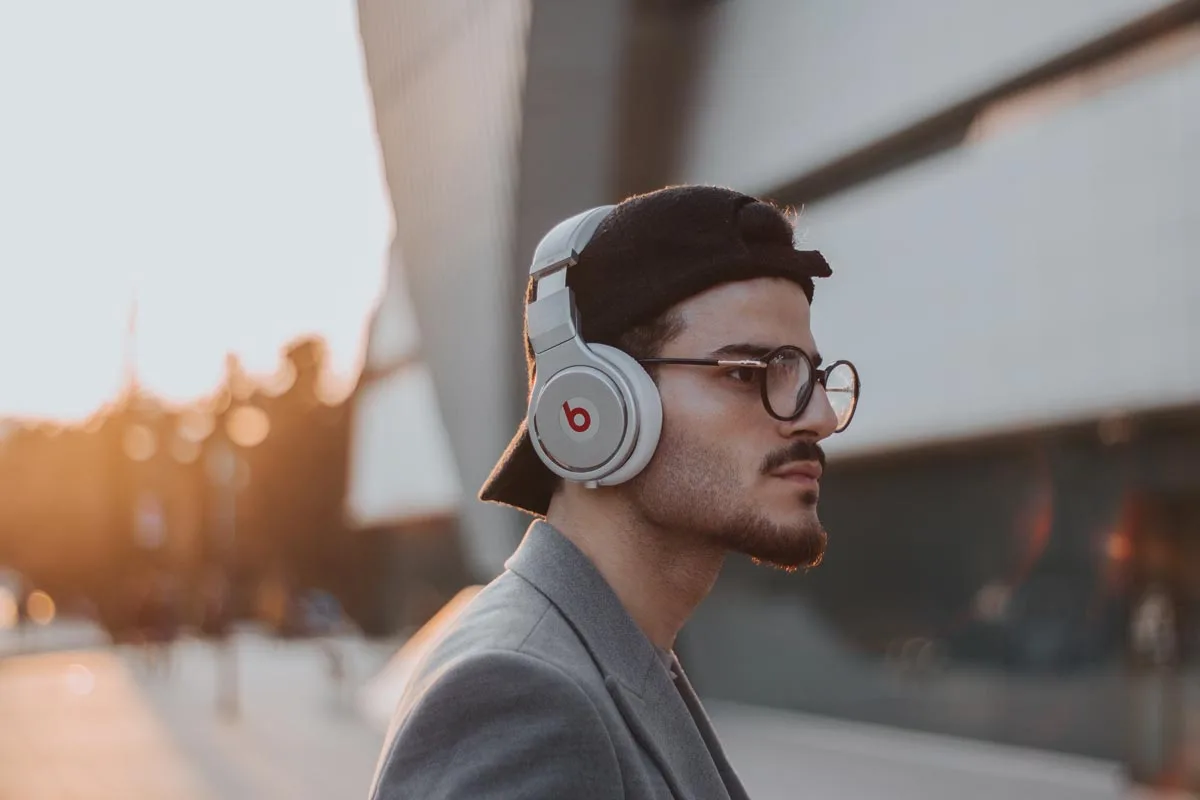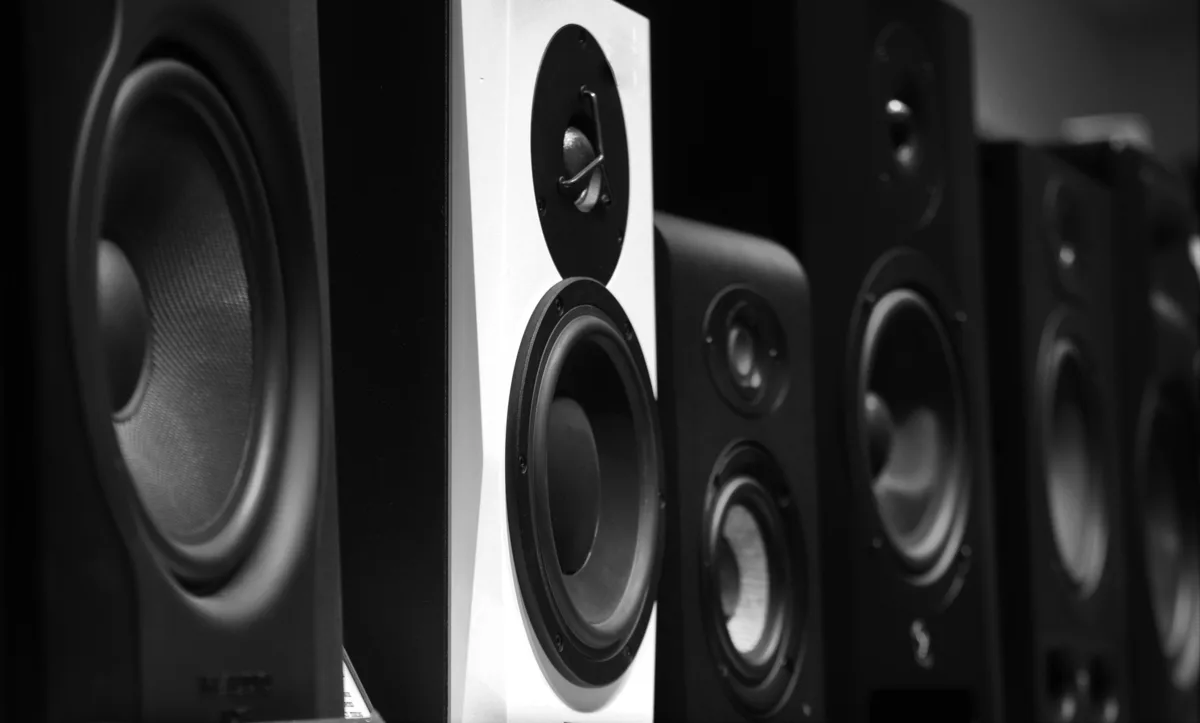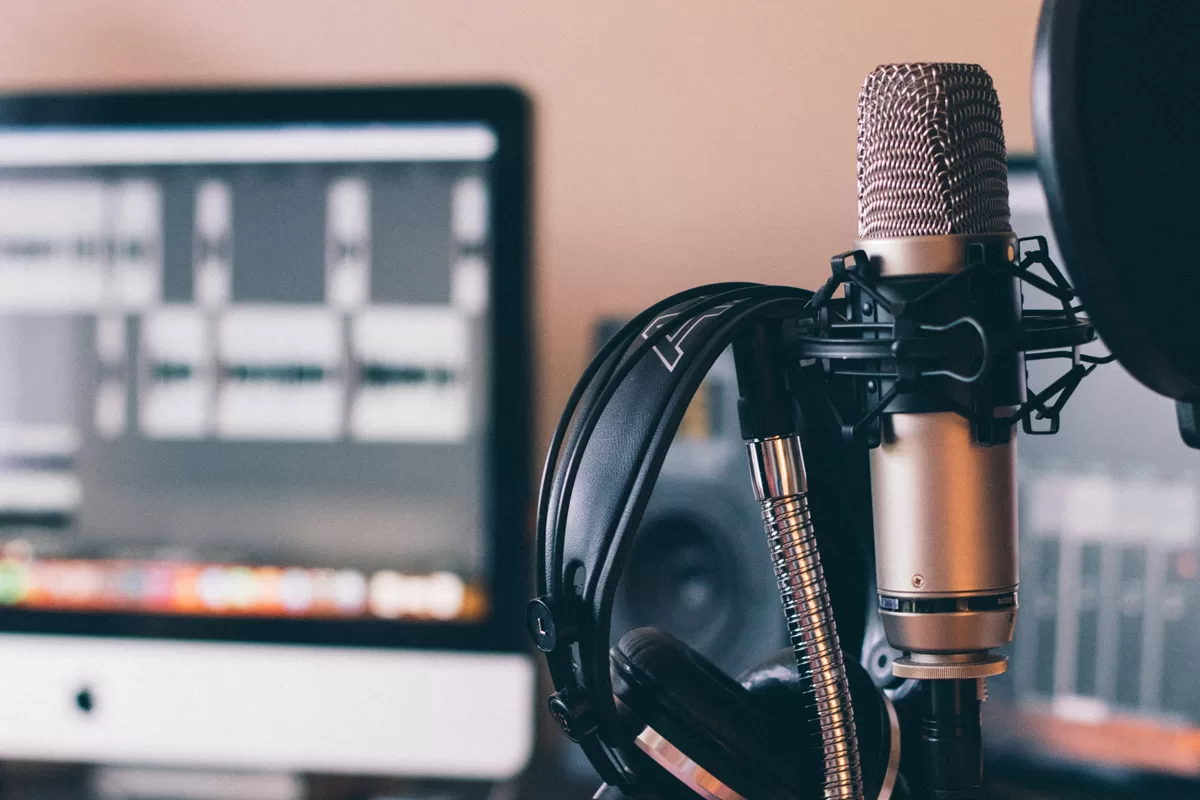So how do brands leverage Gen Z’s move away from scrolling on social media, to listening via audio platforms like Spotify?
As young consumers seek immersive experiences, audio platforms provide a unique opportunity for brands to create memorable connections.
Consumer spending habits suggest Gen Z are inclined to choose or buy a product from a brand with a sonic identity.
In Spotify’s Culture Next Report, 50% of Gen Z stated they had a higher amount of trust in podcasts in comparison to traditional media sources such as TV news, radio, and newspapers.
This suggests that audio marketing’s non-intrusive format, the ability to provide relevant and authentic messaging and the ability to hold a user’s active attention is key in building appealing to Gen Z.
Not bad for a generation that’s said to have a short attention span for advertising.










